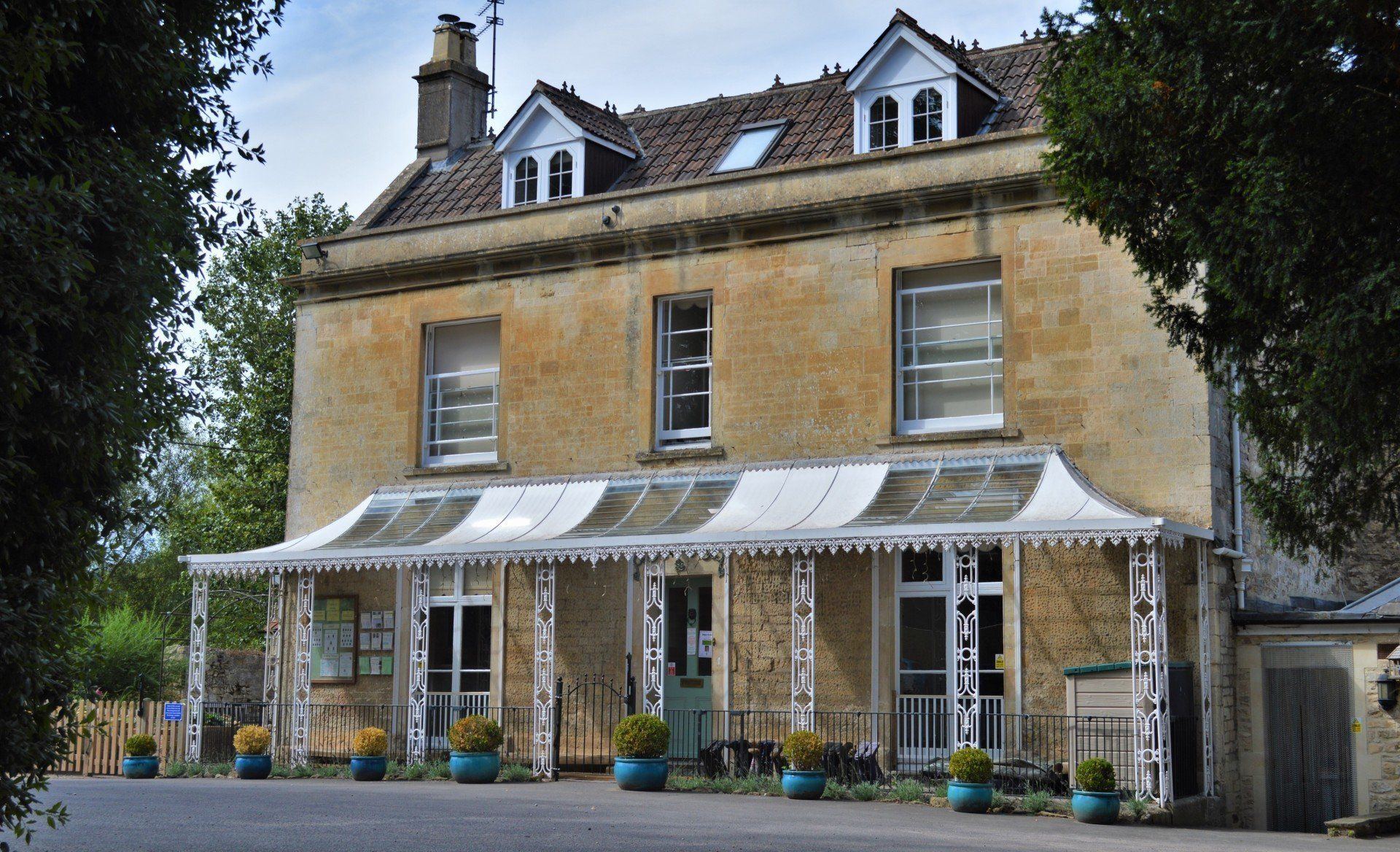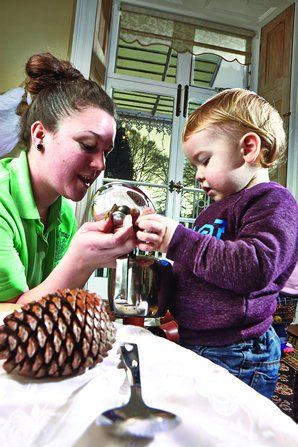H E U R I S T I C L E A R N I N G
D I S C O V E R Y
We live in a world where plastic toys dominate the shelves of toy shops, but plastic can be dull and disappointing for young children; whilst each toy may look different, the smell, taste and feel is the same. Heuristic play with babies and toddlers stimulates all the senses, providing open-ended discovery and creating a rich learning experience.
Contact Us
B E N E F I T S O F H E U R I S T I C P L A Y
The open-ended and exploratory experiences heuristic play provides benefits for children’s cognitive, social and emotional development:
Learning how to maintain attention and focus on an activity is an important skill for children to develop; and when children are particularly fascinated and engaged by they are doing, as they are during a heuristic play session, their concentration levels are considerably higher.
Heuristic play strongly encourages children to begin to explore using trial and error methods. In this way, they learn about the properties of materials and experience, first hand, concepts such as size, shape, capacity and mobility
It encourages older children to extend their imaginative and creative thinking and use their language skills to begin to use one object as being representative of another (e.g. pebbles as money)
One of the biggest benefits of this kind of play is the ample opportunities for independent decision making. It allows children to feel that they have the chance to control their environment and learning, and to be able play independently of adults.
F O R A L L A G E S
For babies, it is initially about exploring what an object is and what is like (what does it smell/feel/taste like?). As the child grows and develops and they have a good understanding of the characteristics of objects, they begin to think about how they can use them (e.g. holding a tube up to their mouths and making noise through it to amplify the sound). As their language develops, children will begin to engage in representative play;using the objects to represent something else (e.g. a chain could be a necklace or a stick could be a magic wand). This representative play becomes stronger and more elaborate in children of pre school age who will begin to use objects as part of their own story telling (e.g. building cages for dinosaurs out of twigs and leaves).
U N D E R S T A N D I N G & E N A B L I N G H E U R I S T I CP L A Y
P L A Y
Heuristic Play is an approach that was devised over 30 years ago by Educational Psychologist Elinor Goldschmied who always placed babies and young children at the centre of any experience.
It is an approach deeply rooted in young children’s natural curiosity where the child leads the exploration. It consists of offering groups of children of any age a large number of different types of ‘found’ or ‘everyday’ objects to explore. The term ‘treasure basket’ has been used to describe a range of objects that are contained in a box or basket for sitting but non-mobile babies to explore in the same way. These are natural objects that can be used and manipulated in a variety of different ways and appeal to children’s natural sense of curiosity and adventure.
There is no ‘right’ or ‘wrong’ way for the children to choose to play with the objects as the activity is entirely child-led. Practitioners should follow the child’s lead and support them in exploring the sensory elements of the objects, testing their own theories about them, such as fitting them into one another, and problem solving any difficulties they may come across along the way.
W H A T D O E S H E U R I S T I C P L A Y L O O K L I K E?
When a heuristic play session is to take place, a large floor area is freed for a specified period; this must be long enough to allow children to fully explore the materials and to allow time for them to help pack up, usually about an hour.
The adult makes heaps of the objects for play and distributes numerous tins (at least three) for each child. The adult must ensure they provide large numbers of each item, so that children do not feel compelled to protect ‘their’ things from each other.
During the session adults have an opportunity to observe; sitting quietly nearby, where children take assurance from their presence, but not close enough so as to interfere with the children’s exploration and play. A lot can be discovered about each individual child when the observer is slightly removed from the action.
At the end of the session, children help pick up and pack away the objects. Toddlers may manage to put items in the correct bag whereas younger children and babies may bring any item to pop into the bag.
As with any play opportunity, heuristic play must be planned; health and safety issues must be taken into consideration; and appropriate resources selected. It is a very simple approach to helping babies and young children learn and one that can easily be used at home. The best materials are every day things and, otherwise, all you need is space and time.
This type of activity is set up specifically to suit the interests and needs of each individual and of a group, for a defined period of time and in a controlled environment. Adult supervision is a must for safety, but the level of involvement/intervention the adult has in the activity must be considered based on the needs of the children and how best to support their play.






